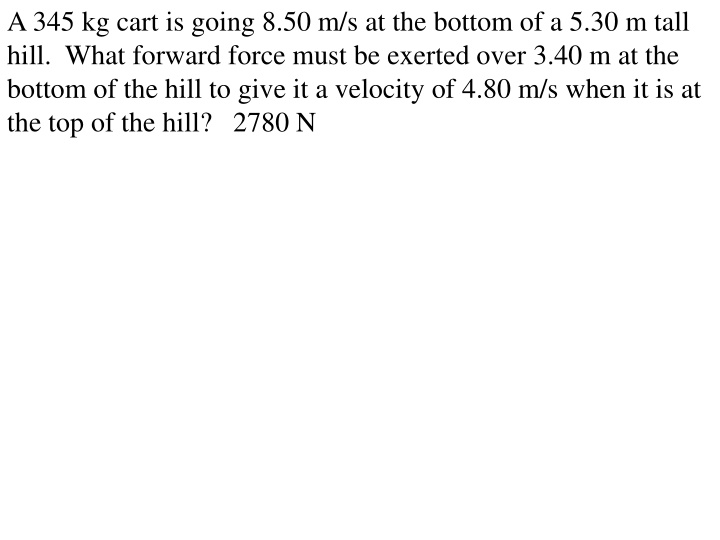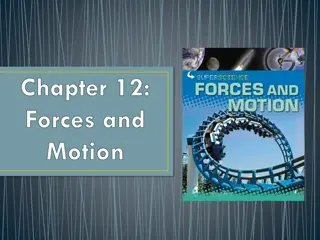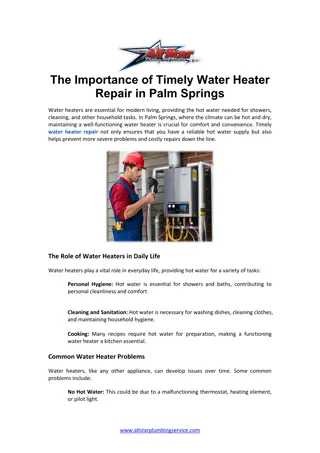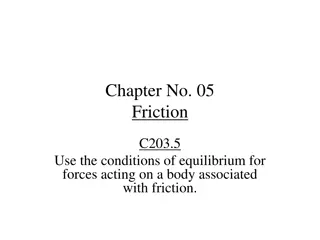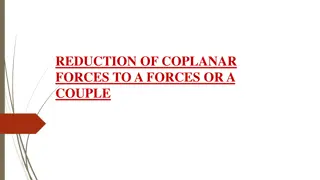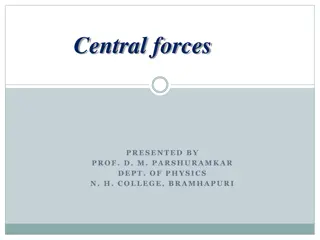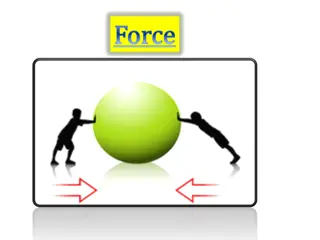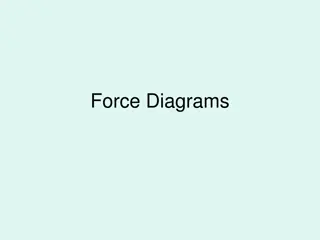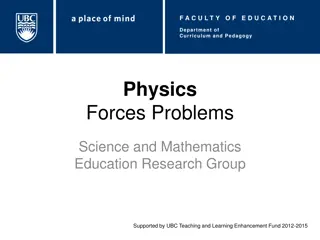Physics Problem Solutions: Forces, Energy, Springs
Explore solutions to various physics problems involving forces, energy, and springs. From calculating forward force on a cart to determining the speed of a roller coaster car, these examples cover a range of scenarios. Understand the principles of kinetic energy, compression of springs, and velocity changes in different situations.
Download Presentation

Please find below an Image/Link to download the presentation.
The content on the website is provided AS IS for your information and personal use only. It may not be sold, licensed, or shared on other websites without obtaining consent from the author.If you encounter any issues during the download, it is possible that the publisher has removed the file from their server.
You are allowed to download the files provided on this website for personal or commercial use, subject to the condition that they are used lawfully. All files are the property of their respective owners.
The content on the website is provided AS IS for your information and personal use only. It may not be sold, licensed, or shared on other websites without obtaining consent from the author.
E N D
Presentation Transcript
A 345 kg cart is going 8.50 m/s at the bottom of a 5.30 m tall hill. What forward force must be exerted over 3.40 m at the bottom of the hill to give it a velocity of 4.80 m/s when it is at the top of the hill? 2780 N
A 345 kg cart is going 8.50 m/s at the bottom of a 5.30 m tall hill. What forward force must be exerted over 3.40 m at the bottom of the hill to give it a velocity of 4.80 m/s when it is at the top of the hill? so the Fs is a speeds you up Fs + mv2 = mgh + mv2 F(3.4 m) + (345 kg)(8.5 m/s)2 = (345 kg)(9.81 N/kg)(5.3 m) + (345 kg)(4.8 m/s)2 F = 2779.076 N 2780 N
d. A 415 kg roller coaster car initially at rest is launched from the top of a 4.31 m tall hill by a 1890 N/m spring compressed a distance of 5.75 m. What is the speed of the car when it is at the top of a 7.18 m tall hill? (Neglect friction) 9.71 m/s
c. A 1725 kg car going 13.7 m/s on a level road strikes a 1540 N/m spring that slows it down. What is the velocity of the car when it has compressed the spring 12.0 m? (Neglect friction) 7.69 m/s
a. A 0.570 kg hammer is going 9.80 m/s. How fast is it going if it is given 29.0 more J of kinetic energy? 14.1 m/s a. A 37.0 N/m spring is compressed 1.40 m. How much energy is released if it is allowed to expand so that it is compressed only 1.20 m? 9.62 J
